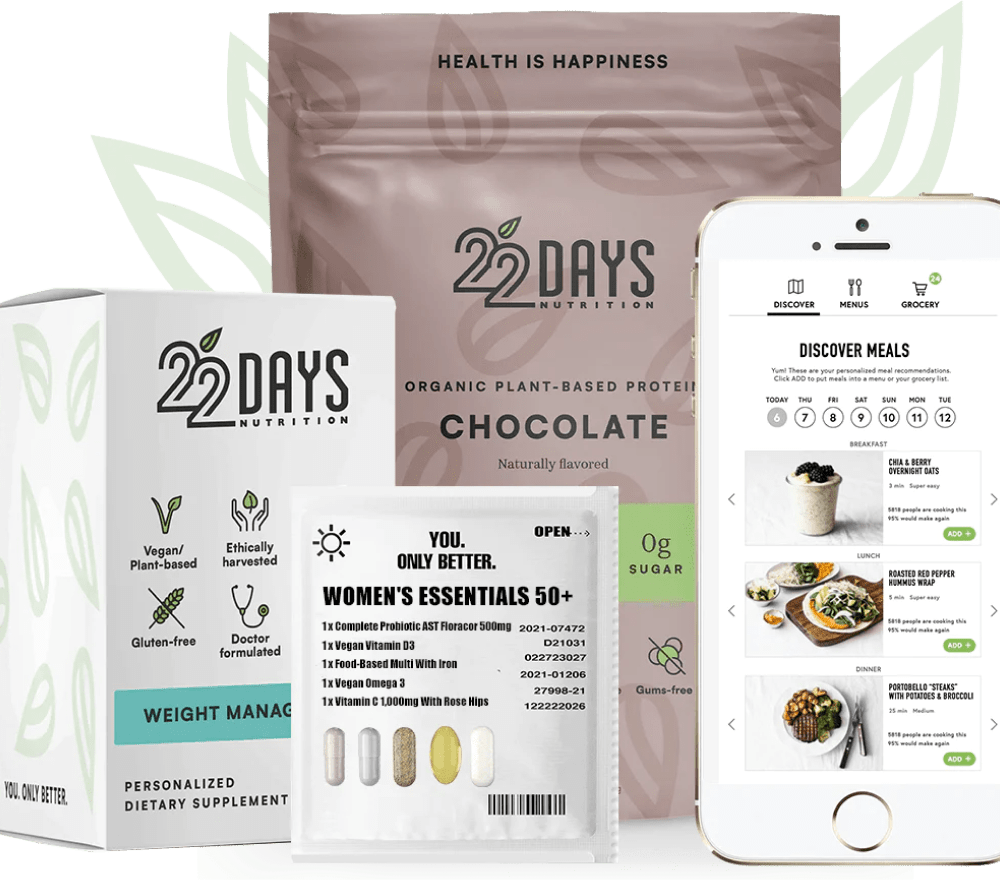Superhero Veggies: Cruciferous Vegetables
We remember our parents telling us to “eat more greens” – turns out they were right on the money, particularly when it comes to cruciferous vegetables. Are you getting enough? Here’s why you should:
Major Cancer Fighter
For the past 20 years, cruciferous veggies have proven themselves time and time again in the fight against various cancers. Cabbage seems to be the most significant cancer preventer – with a 70% correlation between consumption and reduced cancer risk. Other contenders include cauliflower (67%), broccoli (56%), and Brussel sprouts (29%). To date, more than 94 studies have linked increased consumption of cruciferous veggies with a lower risk of cancer – particularly cancers of the lung, stomach, colon, and rectum.
How Does it Work?
Simply put, cruciferous veggies have a high concentration of sulfur-containing compounds, called glucosinolates. During digestion, glucosinolates break down to become active compounds that prevent the growth of cancerous cells. Besides preventing cancer from getting started, these compounds can help prevent metastasis (the spread of cancer) and can even encourage the body to destroy cancerous cells.
What Else Can Cruciferous Veggies Do?
Cancer fighting is, of course, a big deal – but how else can cruciferous veggies increase your health? Here are just a few more reasons to consider cruciferous vegetables:
- Anti-inflammatory: Can help with arthritis pain, increase cardiovascular health, and reduce the risk of developing Type II diabetes.
- Vitamin Powerhouse: Cruciferous veggies are high in Vitamin A, Vitamin E, Vitamin C, and folic acid.
- High in Protein: Great for plant-based diets. Just 200 calories of broccoli offer 20 grams.
- High in Fiber: Nothing helps to increase your digestive health and support healthy weight management like increasing the fiber in your diet – grab some greens!
What to Eat
Here is list cruciferous vegetables and some suggestions for meals for each:
- Arugula: Salads, pizza topping, side, sandwiches or wraps.
- Bok Choy: Stir frys, steamed, soups.
- Broccoli: Raw, steamed, stir frys, salads, wraps.
- Brussel Sprouts: Side or main dish, salad, with rice/quinoa.
- Cabbage: Soups, salads, stir frys, fermented.
- Cauliflower: Raw, steamed, stir frys, salads, wraps, as a replacement for rice/mashed potato.
- Collard Greens: Stir frys, steamed, soups, smoothies.
- Kale: Salads, chips, smoothies, wraps, and sandwiches.
- Mustard greens: Stir frys, steamed, soups, smoothies.
- Radish: Salads, wraps, side dishes or garnish.
- Romanesco: Raw, steamed, stir frys, salads.
- Turnip: Mashed, fried, baked, sautéed.
- Watercress: Salads, smoothies, wraps, and sandwiches.
- And More!
Raw veggies are always better, but that doesn’t mean you won’t get health benefits by throwing some in a soup or stir fry. You can even add some kale, bok choy, broccoli, etc. to your favorite fruit smoothie. Other than the color, you’ll hardly notice those greens are there, but you’ll still get all the health benefits!
You're sure to find all these cruciferous veggies in our Meal Planner recipes. Learn how to combine them with the foods you already love. Learn more at mealplan.22daysnutrition.com





